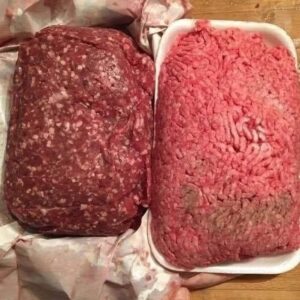Don’t be fooled by the pristine packaging and “farm-fresh” labels. The chicken breast you casually toss into your cart likely has a origin story far removed from the idyllic pastoral scenes pictured on the box. The reality is that the vast majority of supermarket chicken comes from a highly industrialized system designed for maximum output and efficiency, not animal welfare or flavor. These are not birds that have roamed freely; they are the product of intensive farming, where their lives are meticulously managed from hatch to harvest in vast, enclosed sheds housing tens of thousands of birds.
This system relies on a specific breed of chicken, selectively engineered to grow at an unnaturally rapid rate, reaching slaughter weight in just about five to six weeks. This accelerated growth, a stark contrast to the months it took for traditional breeds decades ago, places immense strain on the birds’ bodies, often leading to lameness and other health issues. Their entire existence is standardized—from the controlled climate and artificial lighting designed to encourage constant eating to the specially formulated feed that fuels their swift development. The goal is uniformity: each bird must be nearly identical in size and weight to fit the automated processing lines.
The journey from this controlled environment to the supermarket foam tray is a world away from a local butcher shop. After transport, the birds are processed in massive facilities that can handle hundreds of thousands of animals per day. They are cleaned, chilled in vast cold-water baths, and then butchered by machines and workers into the familiar cuts we recognize. \
It is at this stage that the chicken can absorb water weight from the chilling process, a common practice that adds to the final price per pound. The result is a product that is consistent, readily available, and affordable, but one that has often sacrificed texture and depth of flavor along the way.





